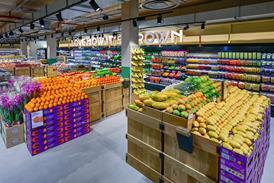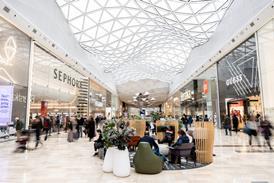Is John Lewis at risk of becoming a ‘middle-class Argos’?

John Lewis Partnership’s first full-year loss in its history revealed the scale of disruption affecting the retailer, particularly its eponymous department store division.
The business already faced a turnaround challenge when Dame Sharon White took the helm as chair last year, but the Covid-19 pandemic has accelerated the pace of change John Lewis department stores must navigate.
Forced like other retailers deemed ‘non-essential’ to shut up shop during successive lockdowns, John Lewis was nevertheless able to reap the benefits of an online operation it had invested in and built up over years.
Already have an account? Sign in here



















